1000/1000
Hot
Most Recent

Due to the heavy stress on environmental deterioration and the excessive consumption of fossil resources, the transition of global energy from fossil fuel energy to clean energy is significantly accelerated in recent years. The power industry and policymakers in almost all countries are focusing on clean energy development. Thanks to progressive clean energy policies, significant progress in clean energy integration and greenhouse gas reduction has been achieved around the world. However, due to the differences in economic structures, clean energy distributions, and development models, clean energy policy scope, focus, and coverage vary between different countries, states, and utilities. This paper aims at providing a policy review for readers to easily obtain clean energy policy information on various clean energies in the U.S. and some other countries. Firstly, this paper reviews and compares some countries' clean energy policies on electricity. Then taking the U.S. as an example, introducing the clean energy policies of some representative states and utilities in the U.S in perspectives of renewable energies, electric vehicles, and energy storage.
In the recent decade, various types of clean energy witness continuously growing shares in the electricity generation mix [1][2]. With the increase in clean energy penetration and the retirement of conventional fossil fuel plants, clean energies are expected to provide almost 50% of total electricity globally by 2050 [3].
To realize the ambitious objective of the energy shifting from fossil fuels towards clean energy technologies, nearly all utilities and countries worldwide have formulated renewable energy development goals and supporting policies [4][5][6][7]. Due to the trend of using electricity as the major form of energy delivery, the electric grid has been the focus of clean energy policies in recent years. With the decrease in power equipment investment costs, these renewable energy policies are helping to increase clean energy penetration in electric grids. In the Nationally Determined Contributions (NDCs), which was submitted by 181 countries under the United Nations Framework Convention on Climate Change, approximately 3/4 of NDCs particularly pointed out that renewables can be used for mitigating climate change, and more than 50% of them have set up clean energy goals. Some countries and many more utilities have also set aggressive targets at 100% electricity from clean energy [8].
Due to the differences in economic structures, clean energy distributions, and development models, clean energy policy scope, focus, and coverage vary between different countries, states, and utilities. Some papers have reviewed the clean energy policies in some countries or compared specific types of clean energy [9][10][11][12][13]. The authors of [9] made a summary of the various solar power policies implemented in different countries around the world. The obstacles to clean energy development and the Indian government’s relevant policies to promote clean energy throughout India are introduced in [10]. The authors of [11] summarized clean energy development in Iran. Moreover, the deployment plan of clean energy generation and related technologies has been investigated. A summary of the solar power policies, which have been planned or taken effect in some developed countries and Malaysia, was introduced in [12]. The authors of [13] examined policy options for promoting a shift to clean electricity in Africa. However, most papers just focus on one country or one type of clean energy. A comprehensive review and comparison for different governments and on various clean energy-supporting measures are needed to understand global clean electricity policies.
Up to the end of the first quarter of 2020, the energy mix of the UK is shown in Figure 1 [14]. According to the report from the National Infrastructure Commission (NIC), the United Kingdom plans to run 50% of clean energy by 2030 to realize the target of zero-emission at the end of 2050 through a cost-effective path (the cost-effective path is comprising measures that cost less than the projected carbon price across their lifetimes, together with measures that may cost more than the projected carbon price, but are necessary in order to manage costs and risks of meeting the 2050 target.) [15]. To achieve the zero-emission target, four sub-targets have been set, as shown in Figure 2 [16][17][18][19][20][21].
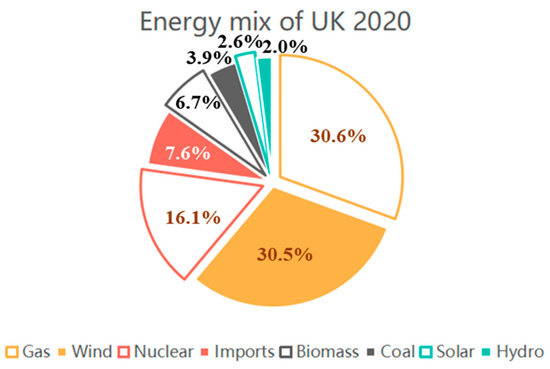
Figure 1. The energy mix of the UK by the end of the first quarter of 2020.
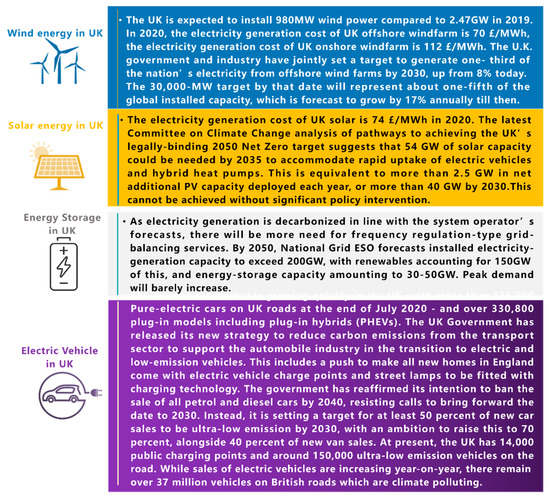
Figure 2. The zero-emission targets from the National Infrastructure Commission (NIC) report.
Up to the end of the first half of 2020, the energy mix of Germany is shown in Figure 3 [22]. In 2016, the Climate Action Plan (CAP) 2050 was announced by the Germany government, in order to set a long-term pathway for reducing the greenhouse gas emission of utilities and emissions industries [23].
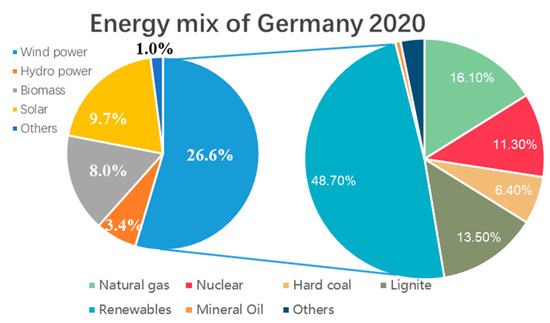
Figure 3. The energy mix of Germany by the end of the first half of 2020.
In the CAP 2050, the targets of greenhouse gas emission reduction are to achieve a 40% cut by 2020, 55% cut by 2030, 70% cut by 2040, and 80–95% cut by 2050. To reach the target for 2020, the federal government of Germany proposed a plan to realize 65% generation from clean energy sources by 2030 and requires an increase in the wind and solar capacity from 120 to 215–237GW. To achieve the CAP 2050, four sub-targets have been set as shown in Figure 4 [24][25][26][27][28].
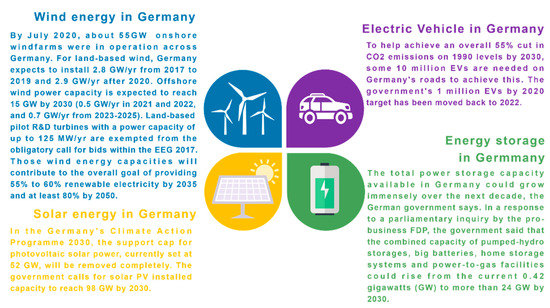
Figure 4. The clean energy targets from the Climate Action Plan (CAP) 2050.
In 2018, the government of Denmark announced an energy agreement to fulfill the target set by the government that makes Denmark independent of coal fuels by 2050 and transformed into a low-carbon society. The funding has been allocated to achieve 55% of the total energy needs of Denmark from clean energy. Some highlights of the Denmark energy agreement are shown in Figure 5 [29].
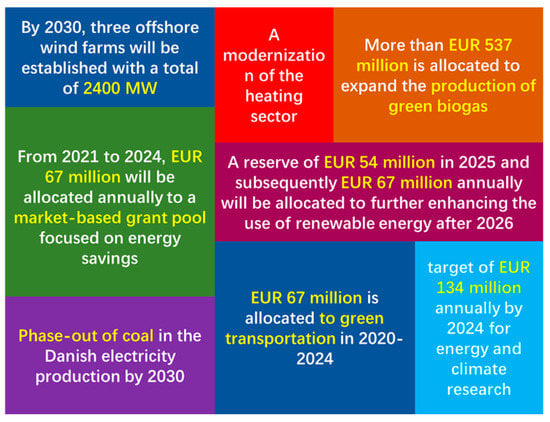
Figure 5. The highlights of the Denmark energy agreement.
To achieve the energy agreement of Denmark, three sub-targets have been set as shown in Figure 6 [30][31][32].
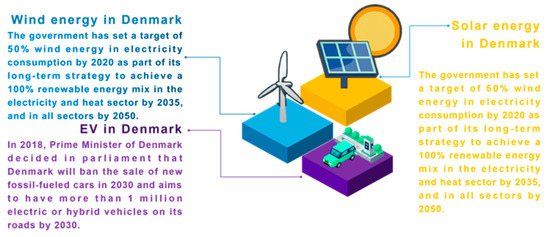
Figure 6. The clean energy policies for realizing the Denmark energy agreement.
The energy mix of Australia in 2020 is shown in Figure 7 [33]. The federal government of Australia announced a Mandatory Renewable Energy Target (MRET) in 2001, in order to increase the new 9500 GWh clean energy generation until 2020 [34]. In recent years, the federal government of Australia updated its MRET to make sure at least 33,000 GWh of electricity is from clean energy generation at the end of 2020. In the updated MRET, about 50 percent clean energy by 2030 and 75 percent clean energy by 2040 must be ensured by utilities and electric providers [35][36]. To realize the MRET, some clean energy policies have been put forward as shown in Figure 8 [37][38][39][40].
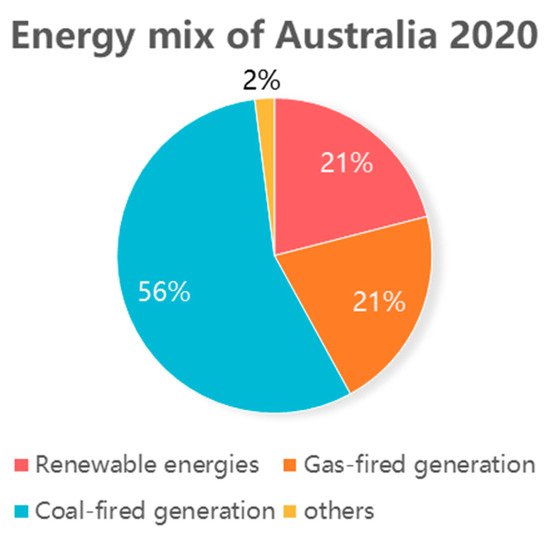
Figure 7. The energy mix of Australia in 2020.
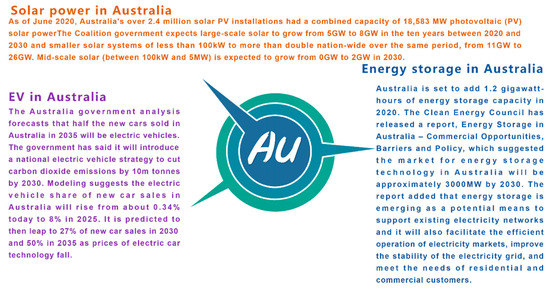
Figure 8. The clean energy policy for realizing the Mandatory Renewable Energy Target (MRET).
The energy mix of China by the end of 2019 is shown in Figure 9 [41]. The China State Economic and Trade Commission (SETC) in 2001 published the 10th Five-Year Plan for Sustainable Development. The 10th Five-Year Plan for Sustainable Development clearly stated the detailed clean energy development and commercialization plan. In addition, the Center of Renewable Energy Development (CRED) has given a draft law named “Renewable Energy Development and Utilization Promotion Law”. The aim of the “Renewable Energy Development and Utilization Promotion Law” is to reduce pollution emission and protect the environment. With the 10th Five-Year Plan for Sustainable Development and the “Renewable Energy Development and Utilization Promotion Law”, some incentive policies, such as the subsidy to feed-in tariffs of renewable energies, the tax deduction for both renewable energies generators and consumers, and the priority natural resource supply for renewable energies infrastructure installation, have been structured to encourage clean energy development and stimulate the market for providing more opportunities to clean energy providers [42][43]. Under the booming of clean energy in China, in 2014, the International Renewable Energy Agency (IRENA) published a report called “Roadmap 2030—A Renewable Energy Roadmap for China” [44][45]. The report indicates that the proportion of clean energy could be up to 35 percent by 2030, which will make China become the largest clean energy user, about 20 percent of global clean energy. The planned development pathways of wind, solar, electric vehicles, and energy storage in China are summarized in Figure 10 [46][47][48][49].
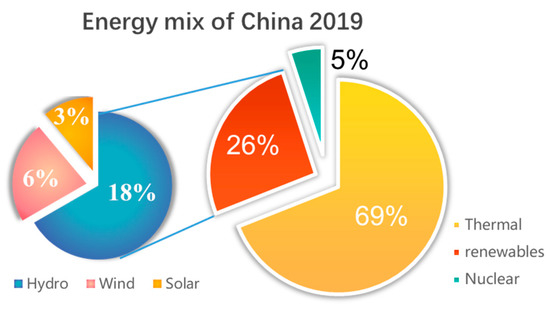
Figure 9. The energy mix of China by the end of 2019.
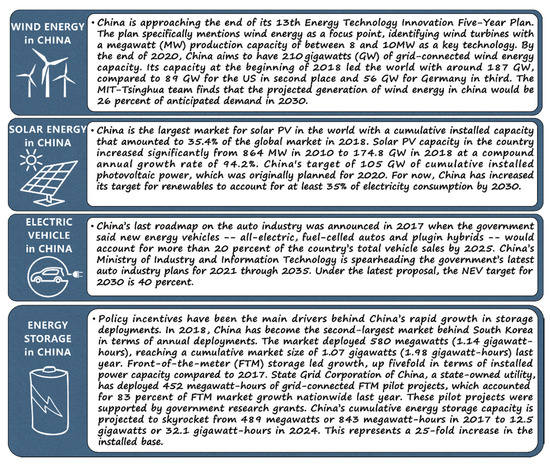
Figure 10. The clean energy policies in China.
The energy mix of India by the end of 2019 is shown in Figure 11 [50]. As one of the biggest countries in the world, India has more than 1.3 billion people, and it also has a vast economy and a huge military. For maintaining the normal operation of this huge country, India’s energy requirement is large and increasing rapidly. In 2018, the primary energy consumption of India reached 809.2 million tons of oil equivalent in 2018, which made it become the third-largest energy consumer country that is only behind China and the U.S. For keeping energy and sustainable development, India has set aggressive targets to realize an energy transition. The Indian government has set a target to realize 175GW of clean energy capacity by the end of 2022 [51][52][53]. The planned development pathways of wind, solar, and energy storage in India are summarized in Figure 12 [54][55][56].
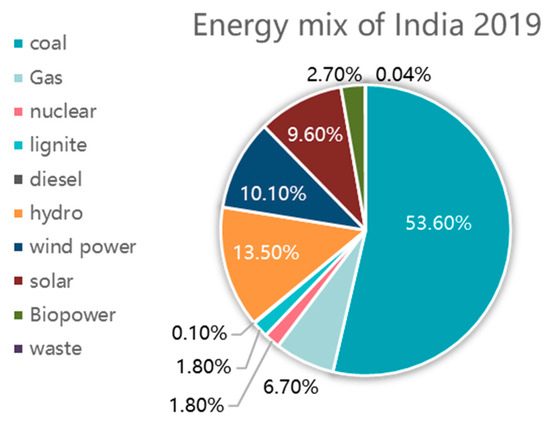
Figure 11. The energy mix of India by the end of 2019.
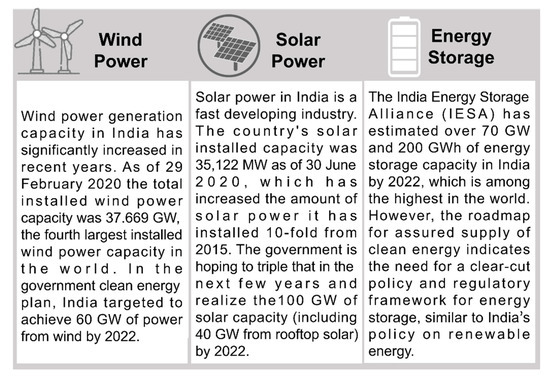
Figure 12. The clean energy policies of India in wind power, solar power, and energy storage.
Figure 13 summarizes the clean energy policies in these countries.
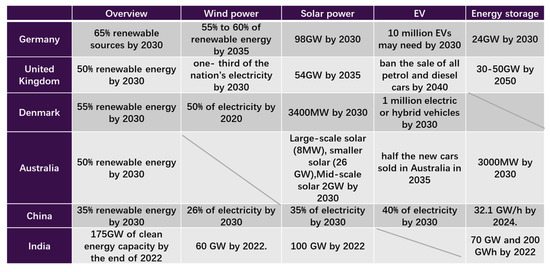
Figure 13. Summary of the clean energy policy of some countries.
As given in Figure 13, the difference between the countries on their enacting clean energy policies is enormous due to the different existing constraints, the variety of clean energy types, and the diversity of economic and social development degrees, which further leads to a strategy difference for implementing planned scenarios, such as Denmark focusing on the development of the wind power to realize its clean energy target. The reason that Denmark adopts wind power as its mainstay of renewable energies is determined by its natural energy resource distribution as Denmark has abundant offshore wind energy. Similarly, the social recognition degree is also an important factor for specific clean energy development in one country. As shown in Figure 13, solar power developing in Germany is much more prompt than in other countries (98 GW by 2030, which is almost 30 times of Denmark), because the German public prefers distributed PV panels installed on their roof. The recognition of solar power by the public greatly facilitates the installation solar power in Germany and the maturity of solar energy-related industries also prompts the clean energy policies in Germany partially to solar power. In addition, from Figure 13, it could be seen that the policies for EV promotion in all countries mentioned in this paper are aggressive and ambitious, because of the stern requirement of carbon dioxide emissions reductions. In the meantime, these policies also indicate that the EV-related industries will meet great opportunities in the future.
In general, the clean energy policies of countries are more macroscopic and comprehensive, which involves the development of various clean energy technologies and future energy transition pathways. According to the recent reports or news, China and Denmark have already met their 2020 targets, but Australia may miss their 2020 emissions reduction target [57][58][59]. The main reason that Australia may miss its clean energy target is due to the lack of a coherent national energy policy. These results indicate that these clean energy policies are not guaranteed to be accomplished by the countries like most people thought, further suggesting that the practice and implementation of these clean energy policies need coordination from various levels of governments and electric power companies.
Clean energy policy influences the development of clean energy technologies and markets. The diversity of the scope, intensity, and comprehensiveness of clean energy policies in different utilities, states, and countries leads to the different development degrees of clean energy. The clean energy policy formulation for most utilities is based on the Bills enacted by the state government. Thus, the clean policy pathways of most utilities aim at supporting clean energy capacities and generation increases in the state, boosting domestic job creation, and reducing carbon emissions. These observations indicate that a comprehensive review and comparison are necessary and may help clean energy researchers and practitioners to understand clean energy policy determination, promotion, and implementation.